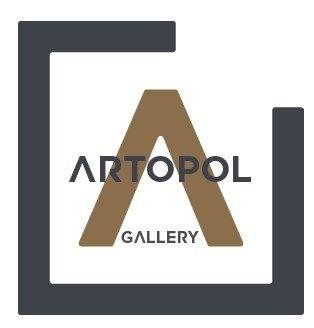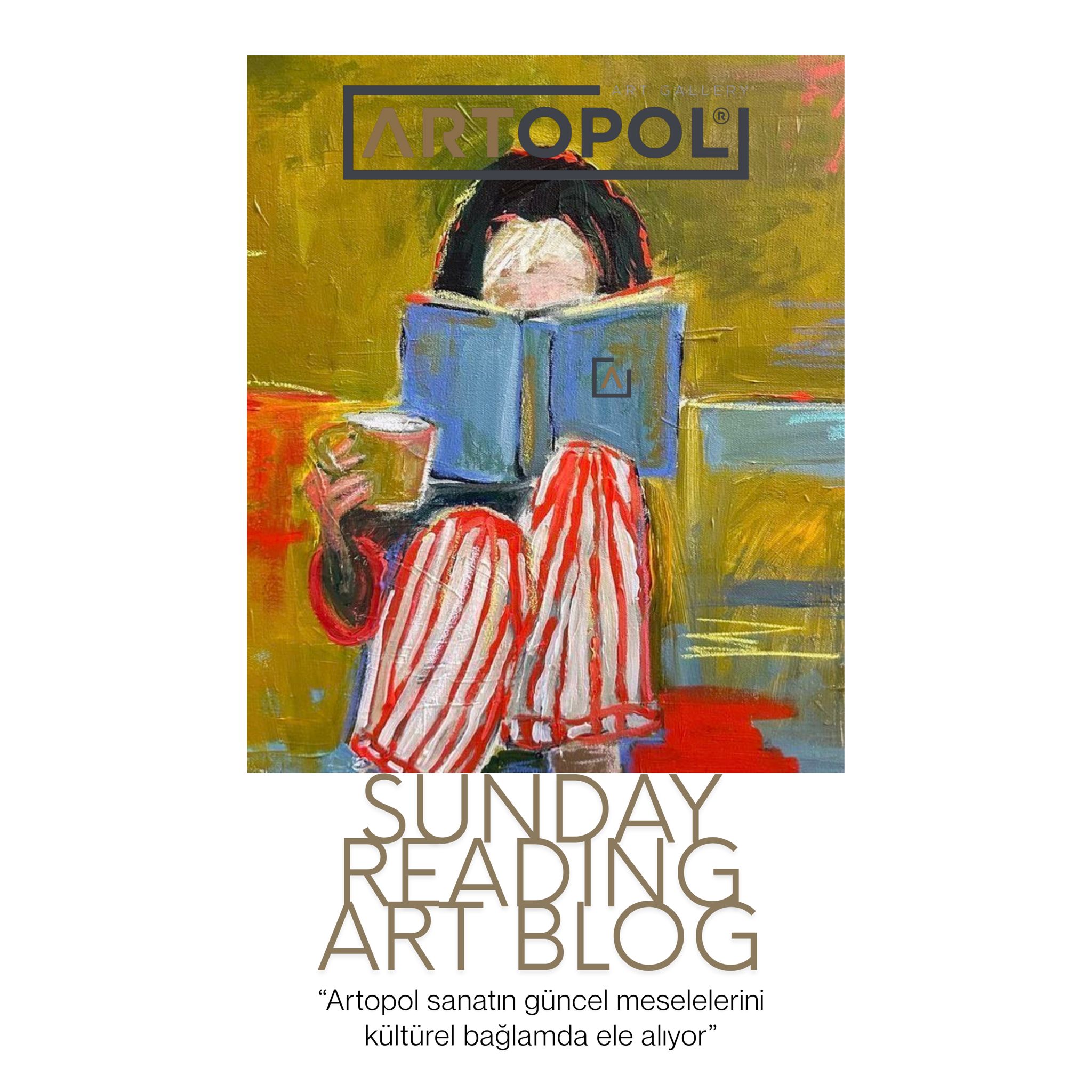Marina Abramović, one of the leading figures in performance art, is taking part in a project in collaboration with the file-sharing platform WeTransfer. In this project, where she both explains her own “mindfulness” method and acts as curator, she brings together five artists from different countries.

Abramović, who describes her method as “an exploration of being present in both time and space, in a year when reconnecting with ourselves has never been more important,” expressed her eagerness to share it. The year-long project is expected to reach 70 million people. With this collaboration, performance art is finding a new dimension through technology and in the context of the pandemic.
The artists selected by Abramović:
Ana Prvački (Serbia)
Maurício Ianês (Brazil)
Yiannis Pappas (Greece)
Terence Koh (Canada)
Regina José Galindo (Guatemala)
What Is Performance Art?
One of the effects of the First World War on the Western world was the collapse of its long-held belief that it represented the heart of culture and “civilization.” After all, these supposedly superior nations became the cause of unprecedented massacres across the globe. In this climate of despair, artists began to challenge conventional norms, giving rise to the Dada movement. The rebellion that began with the Dadaists became the defining spirit of the 20th century.
In the art of this era, the gilded frames gradually disappeared. Art became liberated. The concern was no longer about form, but about the idea itself.
Emerging in the 1960s, performance art evolved from the rebelliousness of the Dadaists, the theatrical debates of the Futurists, and the reality-challenging perceptions of the Surrealists, ultimately securing a solid place in modern art.
It is an art form based on movement—sometimes spontaneous, sometimes planned—that can include both the artist and the participant.
It shatters everything we associate with traditional art. It is intangible, does not aim for eternity, and unless recorded, it cannot be experienced again. It is not concerned with form. As part of contemporary art, it questions not only the materials or subject but also the artist and the very nature of art itself. What makes performance art unique is that the body becomes the medium.

(Yves Klein – Anthropometry, 1960)
The body can be used as a tool—or it can become the artwork itself. For instance, in Yves Klein’s “Anthropometry” series, the body takes the place of the brush. Paint is applied to the canvas through the body. In Yoko Ono’s performance “Cut Piece,” the artist sits motionless and invites the audience to cut away pieces of her clothing with scissors. Ono’s stillness becomes the trigger for the audience’s action, breaking their passive role.

(Yoko Ono – Cut Piece, 1965)
Performance art, realized through the unique interpretations of each artist, is not a movement. It is a language—one that challenges, questions, surprises, engages, and provokes action.
Who Is Marina Abramović?
Born in Belgrade in 1946, Abramović is one of the first names that comes to mind when we talk about performance art. Among her many powerful performances, one of the most well-known is “Rhythm 0.” In this 1974 performance, she stated that she wanted to explore the limits of both her body and her audience. Standing behind a table holding 72 objects, she invited the audience to use them on her as they wished. During the six-hour performance, participants at first offered her a rose—but gradually became aggressive, even harming the artist.

(Rhythm 0, 1974)
Describing the performance as “a kind of hell,” Abramović revealed how far humans can go—and how cruel they can become—when faced with someone who remains motionless. The power of that audacity came entirely from the other’s passivity. Indeed, when Abramović finally moved, everyone fled.

(Marina Abramović: The Artist Is Present, 2010)
Another performance involving direct interaction with the audience took place at MoMA in 2010. In “Marina Abramović: The Artist Is Present,” she sat silently for eight hours a day, every day for three months, across a table from anyone who wished to engage with her. They simply looked at each other—communicating without words. She interacted in silence with complete strangers; they experienced each other’s presence. Art occurred simultaneously in the minds of the artist, the participant, and the observer—each with a different essence.
The impact of performance art, which pushes the boundaries of artistic expression, multiplies with Abramović.
Written by: Zeynep Dikmen



